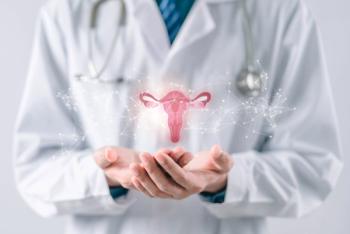
Oophorectomy cuts risk of cancer in BRCA1/2 carriers
A study by Canadian researchers shows that preventive oophorectomy reduces risk of ovarian, fallopian tube, or peritoneal cancer by 80% in women who have BRCA1 or BRCA2 mutations. Published in The Journal of Clinical Oncology, the report also documented a 77% reduction in all-cause mortality.
A study by Canadian researchers shows that preventive oophorectomy reduces risk of ovarian, fallopian tube, or peritoneal cancer by 80% in women who have BRCA1 or BRCA2 mutations. Published in
An international registry was used to identify 5783 women with a BRCA1 or BRCA2 mutation, who then completed a baseline questionnaire and at least one follow-up questionnaire. The participants were observed until they were diagnosed with ovarian, fallopian, or peritoneal cancer, death, or date of most recent follow-up. The goal was to assess the impact of prophylactic oophorectomy on all-cause mortality and estimate 5-year survival associated with clinically detected ovarian, occult, and peritoneal cancers diagnosed in the cohort.
After average follow up of 5.6 years, a total 186 women developed ovarian (n=132), fallopian (n=22), or peritoneal (32) cancer, 68 of whom have died. Bilateral oophorectomy was associated with a hazard ratio (HR) for ovarian, fallopian, or peritoneal cancer of 0.20 (95% CI, 0.13 to 0.30; P< .001). The HR for all-cause mortality at age 70 years associated with oophorectomy was 0.23 (95% CI, 0.13 to 0.39; P< .001) for women who had no history of cancer at baseline.
To get weekly advice for today's Ob/Gyn,
Newsletter
Get the latest clinical updates, case studies, and expert commentary in obstetric and gynecologic care. Sign up now to stay informed.










